
Tag Archives Dairy Corner
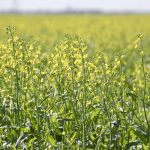
Canola meal makes milk on Canadian dairy farms
Dairy Corner: It’s readily available and priced better than some other proteins
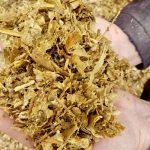
Balancing variable corn silage quality to a ration
Dairy Corner: Always recommended to start with a feed analysis to know what you have

Include high-quality alfalfa in a balanced dairy ration
Dairy Corner: Test for nitrates if the crop was produced under high-moisture conditions

Working dry corn silage into dairy diets
It's important to have it tested, regardless of feed moisture levels
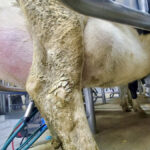
Udder edema puts dairy cows under pressure
Dairy Corner: If a chronic problem, a change in ration formulation may be needed

‘Extra’ water key to reducing heat stress in calves
Dairy Corner: Keeping them hydrated is part of proper management when temperatures rise

Signs of acidosis aren’t always clear
Dairy Corner: Correcting fibre in the diet can get milk production back on track
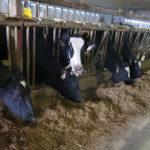
Reducing variability of dry matter intake for dairy cows
Dairy Corner: Several factors, including particle size, can affect how dairy cows eat
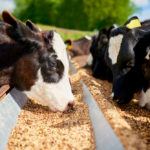
A cost-effective diet for dairy cows
Dairy Corner: Feed and yardage costs add up, but production is optimized
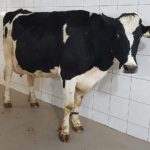
Proper feed intake keeps dairy cows milking
Dairy Corner: Good management avoids negative energy balance


